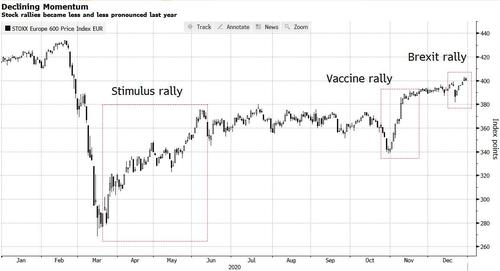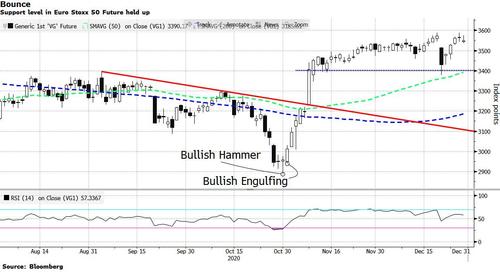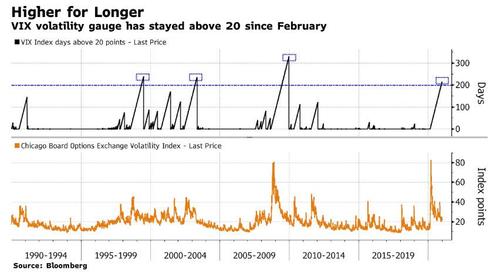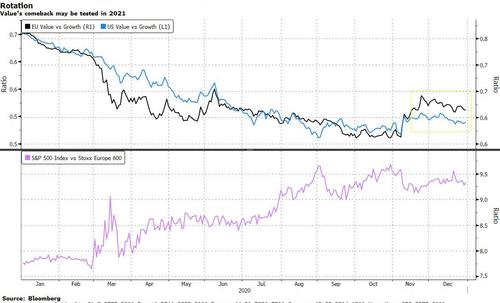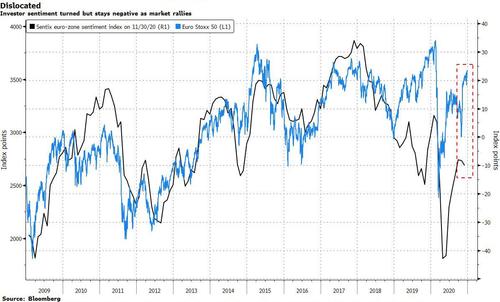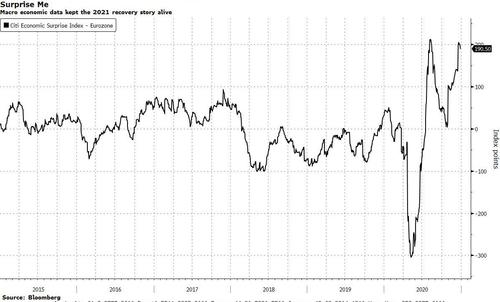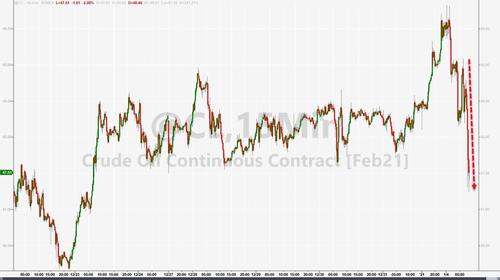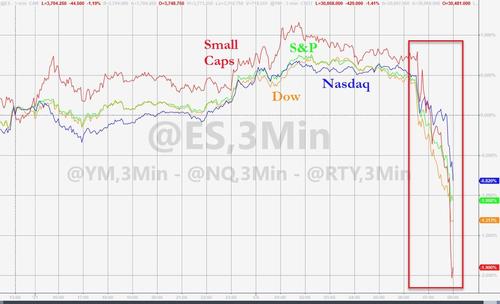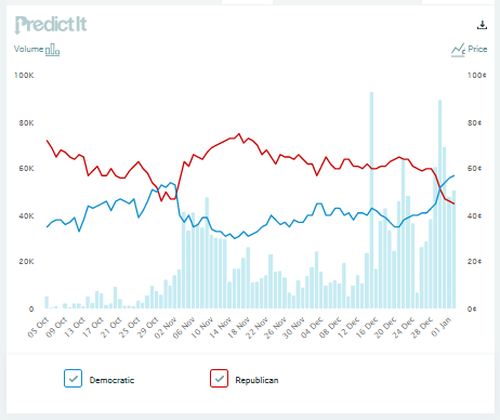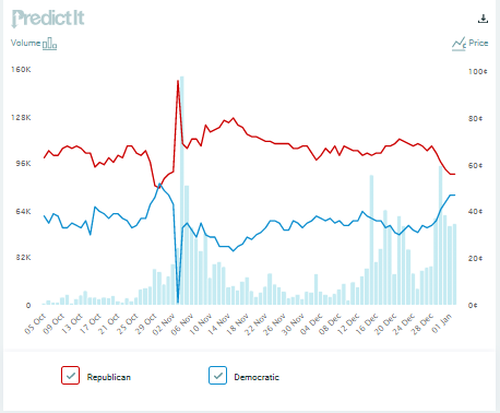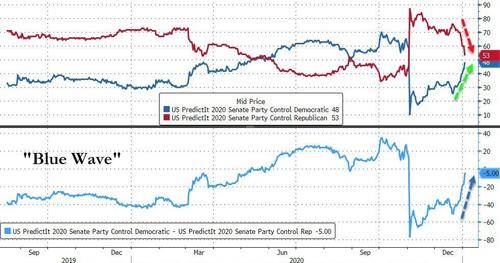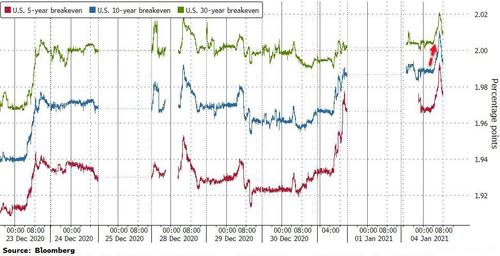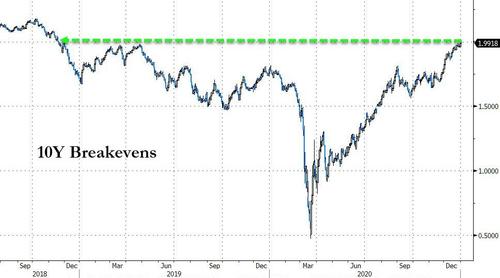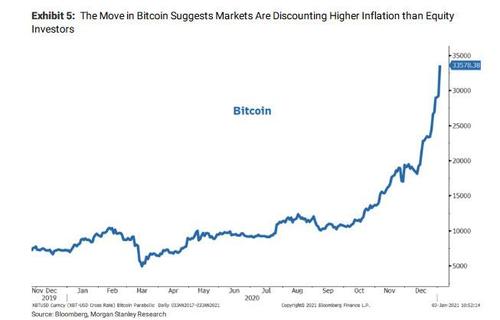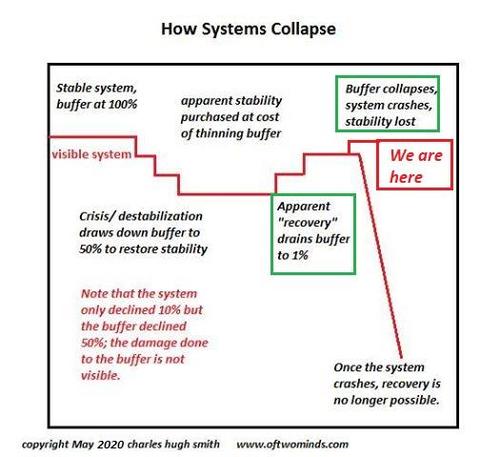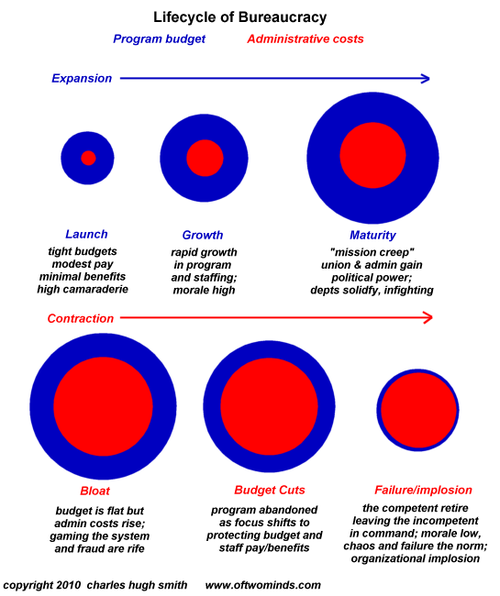Last week, just before the canceled New Year’s holiday, the US federal government released updated dietary guidelines for the next five years.
You know what I’m talking about– these are the government guidelines that recommend we consume a certain amount of Calories, fats, protein, carbs, etc. every day.
I don’t know that anyone actually pays attention to this stuff; taking diet advice from the federal government is about as sensible as seeking moral direction from Congress.
But nevertheless the government still makes a big deal about its dietary standards.
In fact the Department of Health and Human Services convened an ‘expert committee’ of PhD researchers, physicians, nutritionists, and public health officials to come up with the new recommendations.
Here’s where it gets interesting: in its final report to the Department of Health and Human Services, the committee strongly recommended that Americans should reduce their sugar and alcohol intake.
This seems hardly controversial.
Yet the Department of Health and Human Services rejected this recommendation, stating that “there was not a preponderance of evidence in the Committee’s review . . . to substantiate changes to the quantitative limits for either added sugars or alcohol.”
Really? Not enough evidence?
There have been countless studies spanning decades of research showing the harmful effects that excess sugar has on the human body, especially in children. Parents know this from personal experience.
Not to mention there has literally never been a single, credible study which concluded that children should consume more refined sugar.
And yet despite decades of hard evidence, the Department of Health and Human Services still can’t reach the same conclusion. For them, the jury’s still out on whether sugar is harmful.
How is anyone supposed to take these people seriously?
Coincidentally, this is the same department of government that has been telling us the COVID vaccines are completely safe.
So… they can’t figure out if sugar is bad. But they’re 100% positive that the vaccines are safe and everyone should take one.
This is just a tiny example of the truly nonsensical, oxymoronic thinking about Covid-1984. There are so many more.
Here’s another one: the Department of Health and Human Services is also responsible for tracking influenza statistics during the flu season.
For example, during last year’s flu season which began in October 2019, they reported up to 56 MILLION cases of influenza.
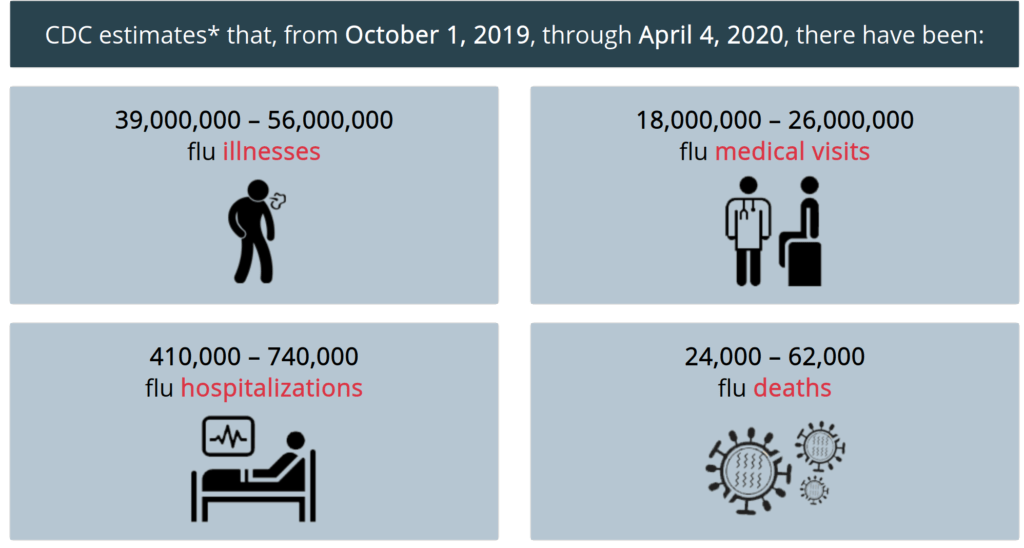
Remember, this was the 2019 flu season… so before the Covid hysteria.
How many influenza cases do you think have been reported so far this flu season? 10 million? 1 million? 100,000?
According to the most recent CDC data, the total number of influenza cases reported in the Land of the Free this flu season through December 27, 2020 is a big fat 877.
Not 877,000. Just 877, i.e. fewer than 1,000 people in the US have had the flu.
Seriously? Are we honestly supposed to believe that our infallible public health officials have miraculously eradicated influenza?
Or is it possible that, maybe just maybe, influenza cases are being counted as COVID-1984 ?
We already know the Covid numbers have enjoyed quite a bit of fuzzy arithmetic. Covid reporting standards in many municipalities, states, and countries require that anyone who tests positive for COVID and passes away is automatically counted as a COVID-related death.
Motorcycle accidents, heart attacks, even cancer… they’re being counted as COVID deaths.
Just a few weeks ago there was a murder-suicide in Grand County, Colorado in which the police report listed cause of death as “blunt force injuries due to a gunshot wound”.
But Colorado public health officials listed both of the deceased as COVID deaths.
Even the CDC acknowledges that 94% of all reported COVID deaths were related to some other condition besides, or in addition to, COVID-1984. So only 6% of reported deaths were pure COVID.
The CDC also stated that, “on average, there were 2.6 additional conditions or causes” for every single COVID death reported in the Land of the Free, including (as we now know) murder, suicide, heart attack, and traffic accident.
It’s remarkable that, if someone tests positive for COVID and dies for any reason, the cause of death will often be reported as COVID.
Yet if someone takes a COVID vaccine and dies, the cause of death will never be listed as the vaccine. The vaccines will kill zero people. Listen to the scientists. Obey.
It’s also remarkable that they seem to be making up the vaccine procedures on the fly.
Bear in mind that the Pfizer/BioNTech vaccine requires two doses, three weeks apart. So you’re supposed to take the first dose, and then, 3 weeks later, a second dose.
And Pfizer (presumably the ‘expert’ about its own vaccine) has flat out said there is zero data to suggest that a single dose would be effective after 3 weeks.
But in the UK, public health officials have suddenly deemed in their sole discretion that the vaccine will continue to be safe beyond 3 weeks. They have conducted zero studies, and no research exists on the matter.
Yet they are now insisting that a single dose will keep people ‘70% protected’ despite the manufacturer’s objections.
And on this basis they decided to delay the second dose until week 12, if not later. (We assume they’re going to mix the first injection with a strong dose of Hopium…)
This sudden change is pretty amazing because, even just before Christmas, they were telling everyone how important it was to have the second injection after precisely 21 days.
Now they’ve completely reversed this and are telling people that 12 weeks is just fine, even though this contradicts what they just said, and what the manufacturer requires.
(And now the US government has said it will consider the same thing.)
They’re clearly just making it up as they go along. But hey– listen to the scientists. Obey.
It’s not just the government either. The private sector is totally on board with this oxymornic thinking.
A few days ago I boarded an American Airlines flight while traveling from Chile to Puerto Rico; as part of the check-in procedure, I had to swear to the airline that I had not tested positive for Covid, nor had I been in contact with anyone who had tested positive.
Yet it’s perfectly fine to board a commercial fight if you have Tuberculosis.
Or Ebola for that matter. Or influenza (not that it exists anymore). Or any other infectious disease… as long as it’s not COVID!

Source
from Sovereign Man https://ift.tt/3ne1NQP
via IFTTT
